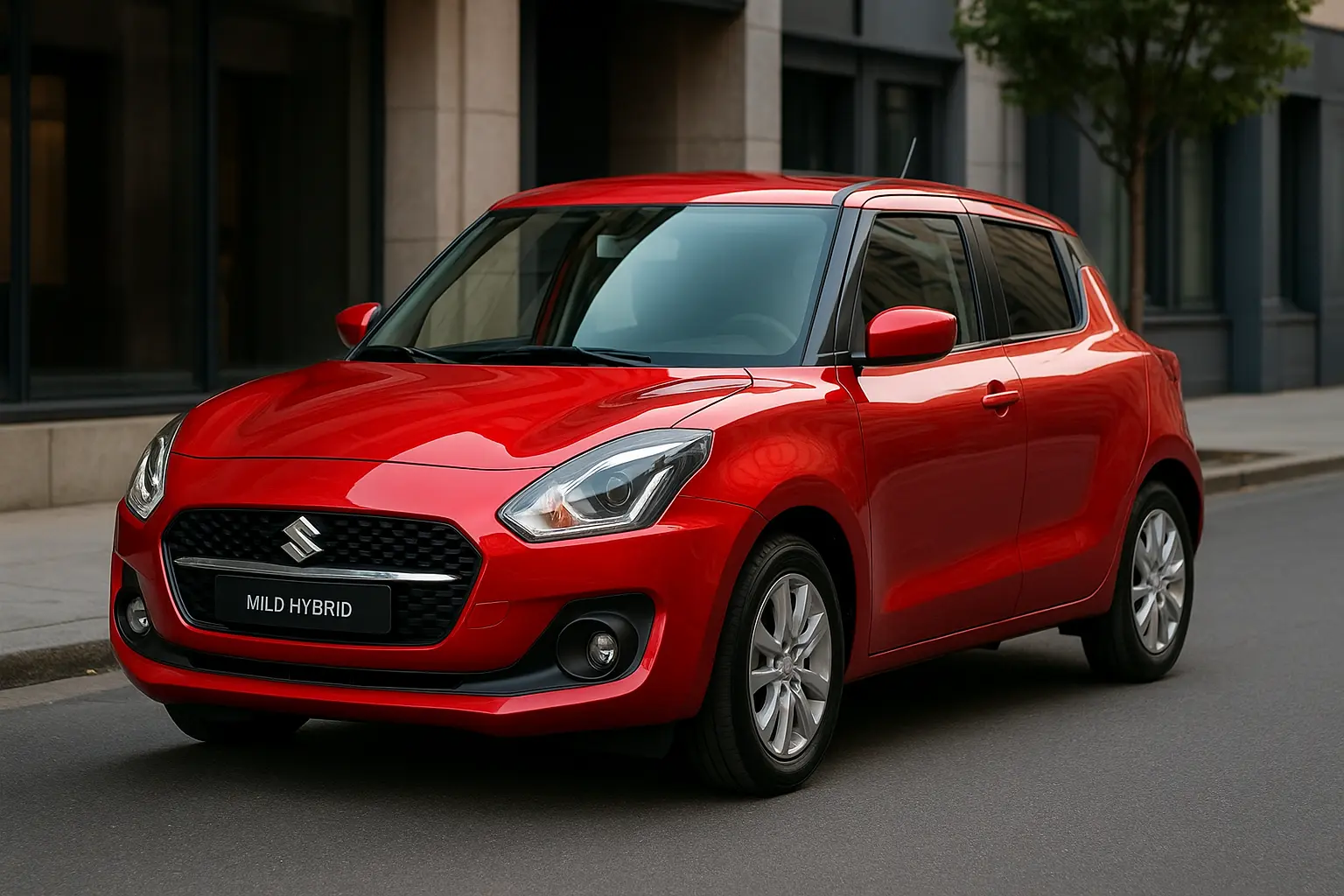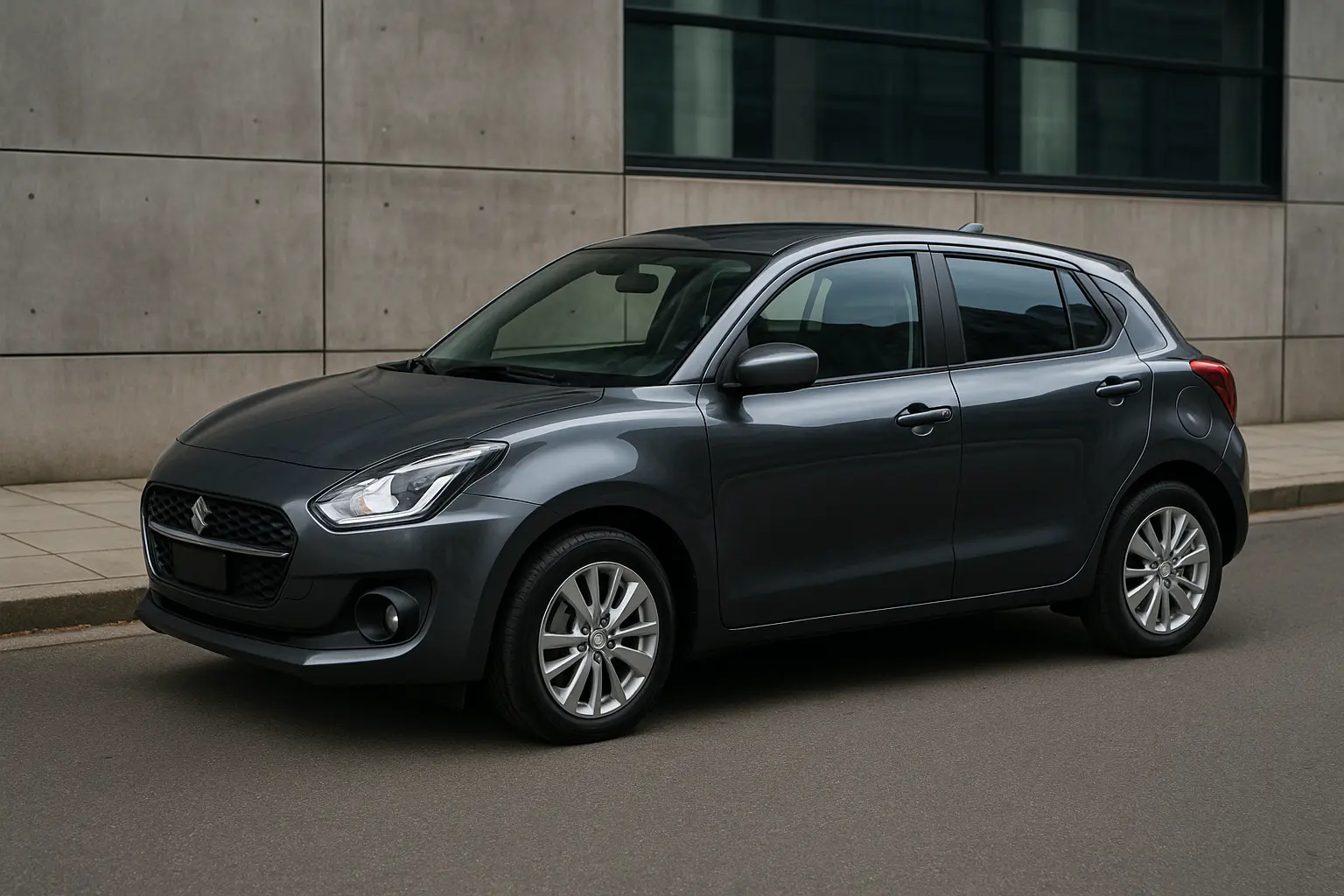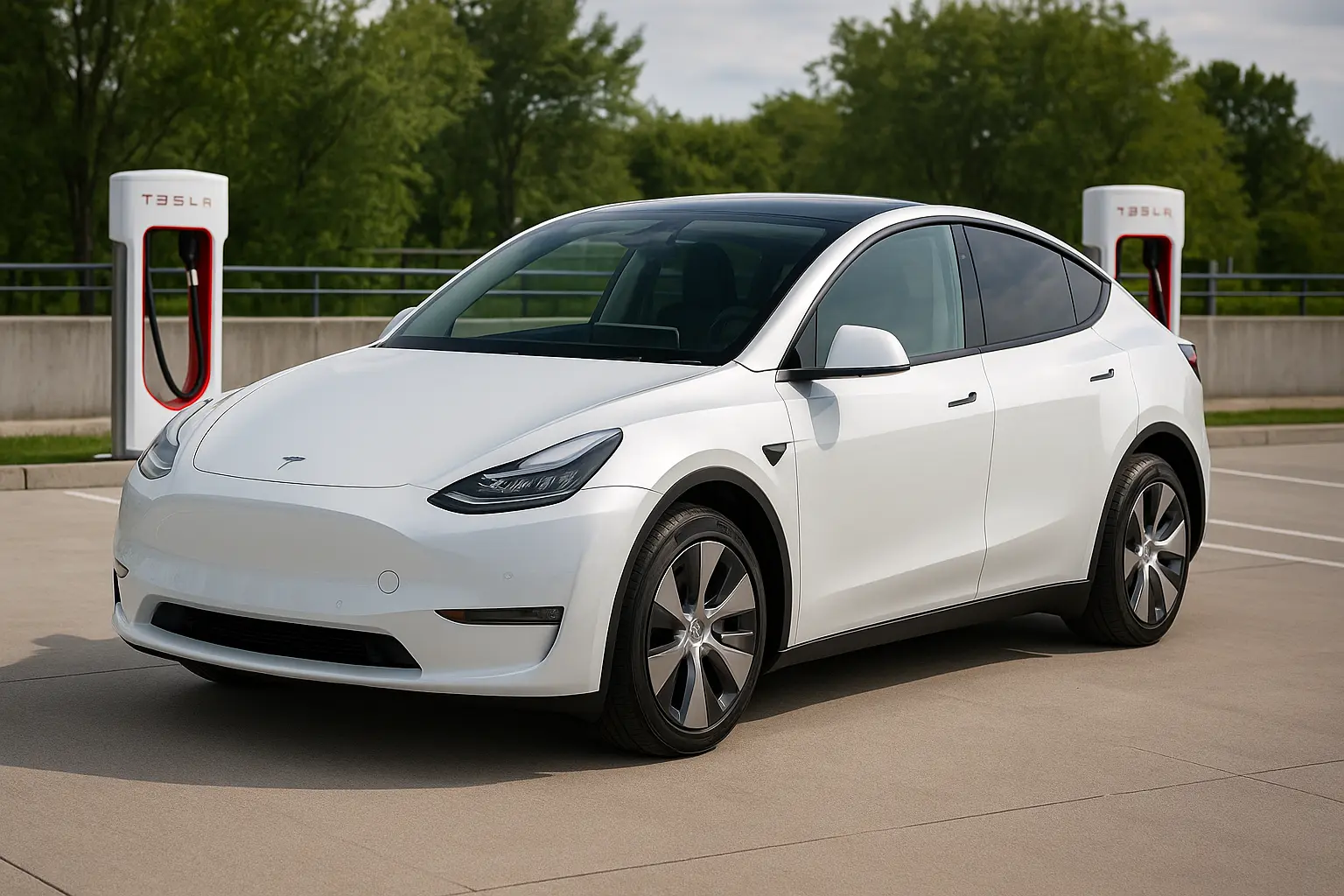What Is a Mild Hybrid and Is It Worth It for City Driving?

In the ever-evolving world of automotive technology, one term that keeps popping up is “mild hybrid.” But what exactly is a mild hybrid car, and is it a smart choice for urban Australians in 2025? With rising fuel prices and tightening emissions regulations, many city drivers are reconsidering their petrol-powered vehicles in favour of more efficient alternatives.
This in-depth guide breaks down the workings of mild hybrid cars, compares them with full hybrids and petrol models, and explores whether they’re truly suited to city commutes, short trips, and daily errands.
Table of Contents
Introduction to Mild Hybrids
How a Mild Hybrid Works
Mild Hybrid vs Full Hybrid vs Petrol
Benefits of Mild Hybrids for City Driving
Fuel Economy and Real-World Efficiency
Top Mild Hybrid Cars Available in Australia (2025)
Mild Hybrid Technology: Pros and Cons
Is It Worth the Cost?
Who Should Buy a Mild Hybrid in 2025?
Final Verdict: Are Mild Hybrids Right for You?
1. Introduction to Mild Hybrids
A mild hybrid is a vehicle that uses both a traditional internal combustion engine (ICE) and a small electric motor—but unlike a full hybrid or plug-in hybrid, the electric motor cannot power the vehicle on its own. Instead, it assists the engine during acceleration, helps with regenerative braking, and reduces fuel consumption.
In 2025, automakers like Toyota, Mazda, Hyundai, Kia, Suzuki, and even premium brands like Audi and BMW are including mild hybrid systems in everything from hatchbacks to SUVs.
Mild hybrids are increasingly popular because they offer better fuel economy than pure petrol cars without the price or complexity of full hybrid or electric models.
2. How a Mild Hybrid Works
Mild hybrid systems usually operate on 48-volt (or sometimes 12-volt) electric architecture. The components include:
Belt-Driven Starter Generator (BSG) or Integrated Starter Generator (ISG)
48V Lithium-Ion Battery
Power Control Unit
Here’s how they function:
Start-Stop System: Engine shuts off at traffic lights and restarts quickly when needed.
Torque Assist: The electric motor helps the engine during acceleration to reduce fuel usage.
Regenerative Braking: Converts braking energy into electricity and stores it in the battery.
Engine-Off Coasting: In some models, the engine can shut off while coasting to save fuel.
Unlike full hybrids, the mild hybrid system cannot run solely on electric power. Instead, it complements the engine for smoother, more efficient operation.
3. Mild Hybrid vs Full Hybrid vs Petrol
| Feature | Mild Hybrid | Full Hybrid | Petrol-Only |
|---|---|---|---|
| Electric Drive Capability | ❌ No | ✅ Yes (Limited) | ❌ No |
| Battery Size | Small (0.5–1kWh) | Medium (1–2kWh) | None |
| Regenerative Braking | ✅ Yes | ✅ Yes | ❌ No |
| EV Mode in Traffic | ❌ No | ✅ Yes | ❌ No |
| Fuel Efficiency Boost | Moderate (10–20%) | High (30–50%) | Standard |
| Price Difference | $–$$ | $$–$$$ | $ |
So where does that leave the mild hybrid? It’s the most affordable entry into hybrid technology without the complexity of bigger battery packs or charging ports.
4. Benefits of Mild Hybrids for City Driving
✅ Stop-and-Go Efficiency
In cities like Sydney, Melbourne, and Brisbane, traffic lights and congestion are common. Mild hybrids shine here because they:
Automatically stop the engine at red lights
Restart quickly and smoothly
Save fuel during low-speed acceleration
✅ Lower Emissions
With the electric motor reducing engine load, CO₂ emissions are lower than petrol-only cars—helping meet Australia’s 2025 emission targets.
✅ No Charging Required
Unlike plug-in hybrids or EVs, you don’t need to plug in a mild hybrid. The car charges itself using regenerative braking.
✅ Cost-Effective Entry to Electrification
If a full hybrid or EV is out of budget, a mild hybrid bridges the gap while delivering noticeable fuel savings.
5. Fuel Economy and Real-World Efficiency
On average, mild hybrids offer a 10–20% improvement in city fuel economy over comparable petrol models. Here’s an example comparison from 2025 models:
| Model | Powertrain | City Fuel Economy (L/100km) |
|---|---|---|
| Suzuki Swift Mild Hybrid | Mild Hybrid (48V) | 4.7 |
| Hyundai Tucson Mild Hybrid | Mild Hybrid | 6.5 |
| Toyota Corolla Petrol | Petrol-Only | 7.5 |
| Kia Cerato GT Petrol | Petrol-Only | 8.2 |
| Mazda3 M Hybrid | Mild Hybrid | 5.6 |
While not as fuel-efficient as full hybrids (like the Toyota Prius or Corolla Hybrid), mild hybrids are consistently better than traditional petrol cars in city conditions.
6. Top Mild Hybrid Cars Available in Australia (2025)
🔹 Suzuki Swift Mild Hybrid
A compact city-friendly hatch with excellent fuel economy and one of the lowest prices in the mild hybrid segment.
🔹 Mazda3 G20e Evolve M Hybrid
Stylish, practical, and refined. Mazda’s M Hybrid system blends performance with efficiency for urban and highway use.
🔹 Kia Sportage Mild Hybrid (GT-Line)
Mid-size SUV with 48V system. Sporty looks with noticeable efficiency improvements.
🔹 Audi A4 35 TFSI MHEV
Luxury sedan offering mild hybrid benefits like smoother coasting, better urban fuel economy, and quieter operation.
🔹 Hyundai Tucson 48V Mild Hybrid
Popular SUV that brings mild hybrid performance to family buyers without the premium hybrid price tag.
7. Mild Hybrid Technology: Pros and Cons
👍 Advantages
Improved fuel economy (especially in urban driving)
Lower running costs
No need to charge
Smaller environmental footprint
Smoother engine performance
Often eligible for green vehicle incentives
👎 Disadvantages
No pure electric driving
Less efficient than full hybrids in traffic
May offer minimal benefit on highways
Small battery = limited power boost
Price premium over basic petrol versions
8. Is It Worth the Cost?
The price difference between a mild hybrid and a petrol equivalent is usually $1,500–$3,000, depending on brand and model.
For example:
Mazda3 G20 Pure: ~$31,000
Mazda3 G20e Evolve M Hybrid: ~$34,000
If your city driving includes:
Daily short trips
Peak-hour commuting
Stop-start traffic
… then the fuel savings and reduced wear on your engine could pay back the difference in 3–4 years, especially with Australia’s rising petrol prices in 2025.
9. Who Should Buy a Mild Hybrid in 2025?
Ideal Buyers
City commuters: Drivers doing <50km per day
First-time buyers: Budget-conscious but eco-aware
Families: Looking for SUVs with better fuel economy
Eco-minded motorists: Want to reduce emissions without going fully electric
Might Not Be Suitable For
Long-distance drivers (where savings are minimal)
Rural or off-road users needing high torque
Buyers expecting silent EV driving or ultra-low emissions
10. Final Verdict: Are Mild Hybrids Right for You?
Mild hybrid cars may not offer jaw-dropping fuel economy like plug-ins or full hybrids, but they strike a smart balance between cost, simplicity, and urban efficiency.
In 2025 Australia—where EV infrastructure is growing but not universal, and petrol remains expensive—mild hybrids are the perfect transition technology for urban commuters.
They’re particularly suited to those who:
Don’t want to worry about charging
Want lower emissions than petrol-only cars
Spend most of their time in traffic or around town
Need reliable, no-fuss performance
Verdict: For city drivers, a mild hybrid in 2025 is definitely worth considering.
Leave a comment
Your email address will not be published. Required fields are marked *




















